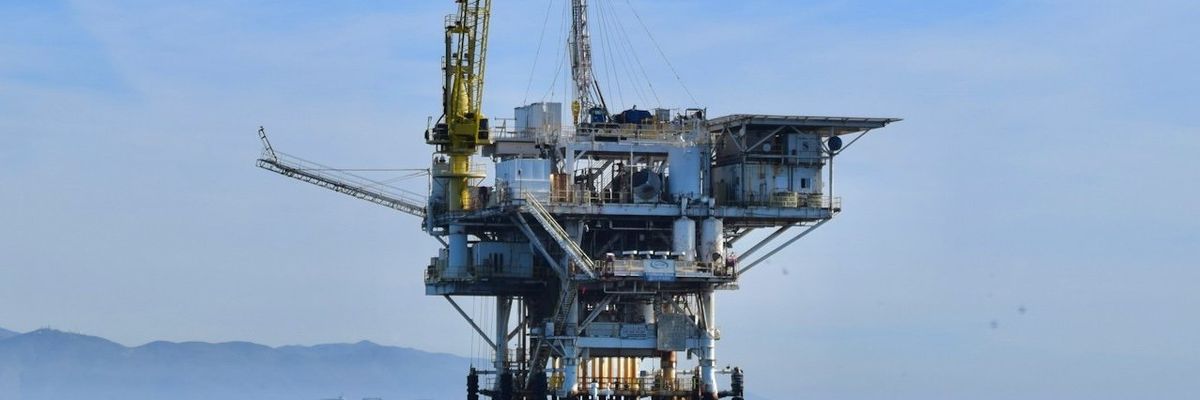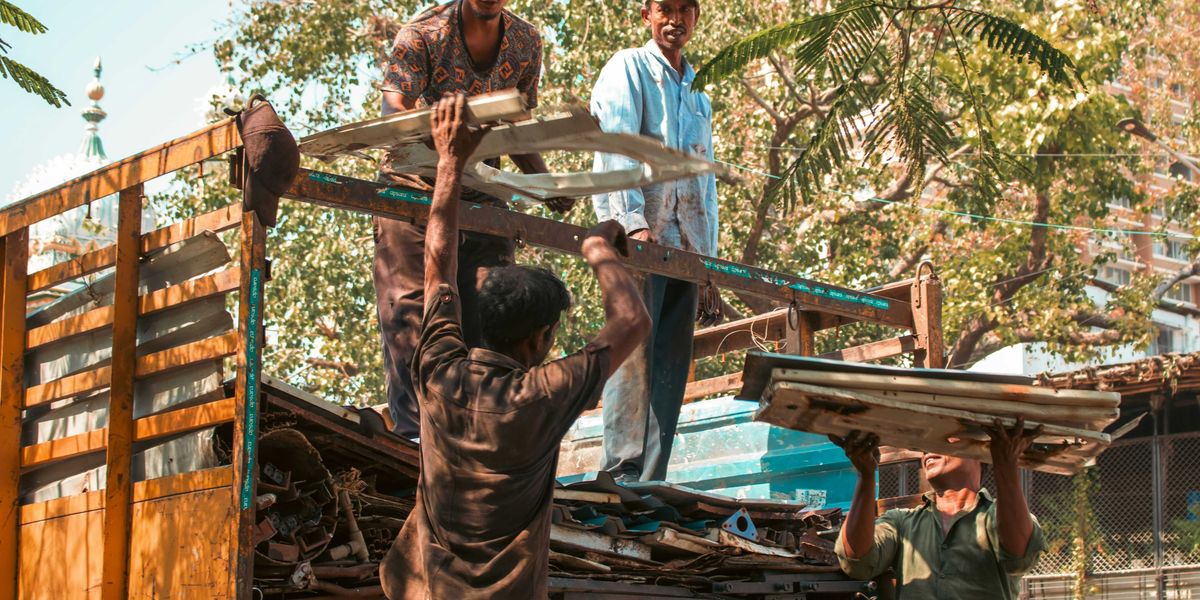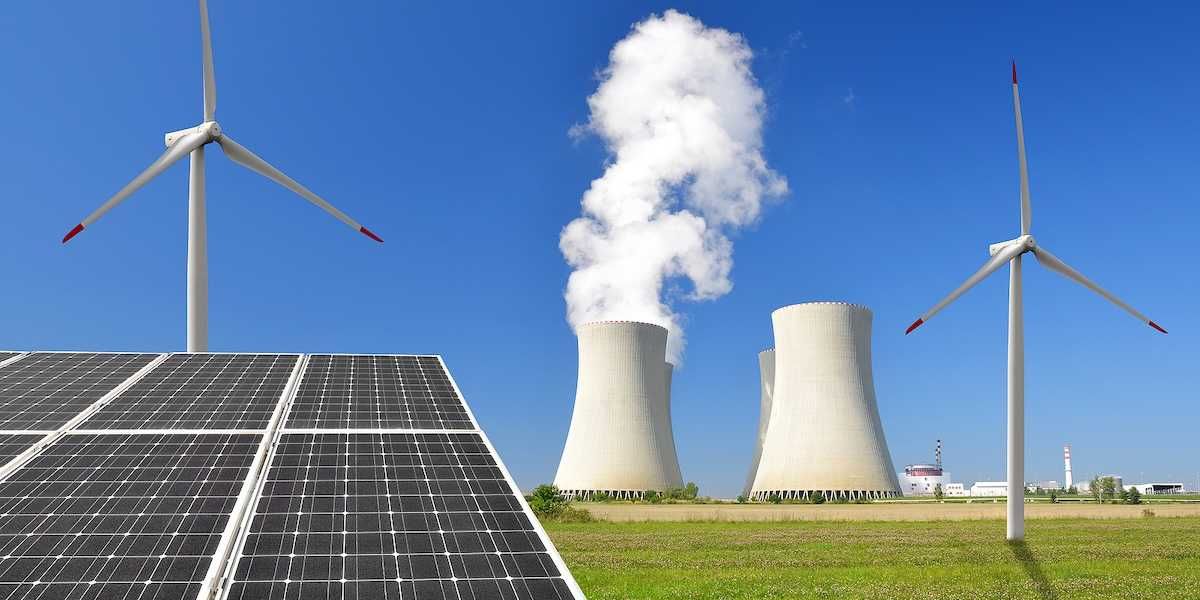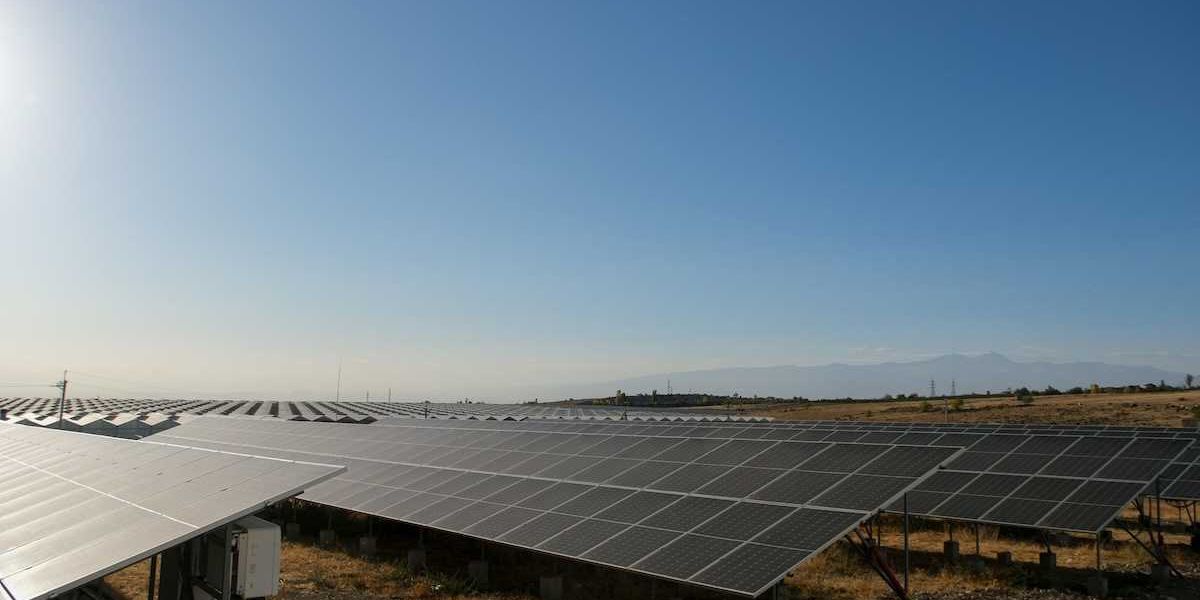heat-related illness
Heat-related illnesses surge at Trump rallies as extreme weather intensifies
More than 78 attendees at Donald Trump’s rallies have been hospitalized due to heat-related illnesses in recent months, highlighting the dangers of extreme heat at outdoor campaign events.
In short:
- Trump's rallies have seen a rise in heat-related hospitalizations, with over 78 cases in the past three months.
- Both Trump and Harris campaigns provide water and medical assistance, but they hold opposing views on climate policy.
- Extreme heat, exacerbated by climate change, poses increasing risks to outdoor events, particularly in swing states.
Key quote:
“I’m up here sweating like a dog. This is hard work.”
— Donald Trump, former U.S. president
Why this matters:
Rising temperatures, fueled by climate change, are endangering public events, making it critical to address climate policy. Outdoor rallies in swing states, crucial to presidential campaigns, are increasingly impacted by these hazardous conditions.
Related EHN coverage:
Richmond's Black community faces high heat-related illness rates
Black residents in Richmond suffer disproportionately from heat-related illnesses, with many incidents occurring near cooling centers.
In short:
- A GeoHealth report reveals Black people in Richmond experience more heat-related health issues than other groups.
- Historical lack of investment in Black neighborhoods contributes to higher temperatures and fewer cooling options.
- Many heat-related incidents occur within walking distance of cooling centers, highlighting accessibility issues.
Key quote:
"Spending just a few hours at a cooling center can help prevent heat-related illnesses, but a lot of Richmonders might not know these cooling centers exist or they might not have a safe way to get there."
— Peter Braun, a built environment policy analyst with the Richmond and Henrico Health District
Why this matters:
Urban heat islands and climate change worsen health disparities, particularly in underinvested communities. Black residents, who often live in areas with fewer green spaces and more heat-retaining concrete, are particularly vulnerable. Their neighborhoods frequently lack adequate tree cover and are dotted with aging infrastructure that exacerbates the urban heat island effect. This environmental injustice leads to higher temperatures in these areas, compounding the health risks for the community.
Global warming poses severe risk to elderly by 2050
The elderly population worldwide will face increased risk from extreme heat due to climate change and demographic shifts by 2050, warns a new study.
In short:
- The number of older people exposed to chronic and acute heat will grow by about 200 million by mid-century.
- Effective climate action and protection plans can reduce the intensity of heat risk for the aging population.
- In the U.S., around 30 million people currently face chronic heat exposure, with projections indicating 20% of the population will be affected by 2050.
Key quote:
"The heat that elderly individuals are exposed to throughout the year could grow up to five-fold, on a global scale."
— Giacomo Falchetta, researcher at the ECIP division of the Euro-Mediterranean Center on Climate Change
Why this matters:
As the global population ages, climate change amplifies health risks, particularly for older adults. Climate action and policy interventions to protect vulnerable populations can help to mitigate these risks but political obstacles slow meaningful action. Read more: Climate change and an aging population.









